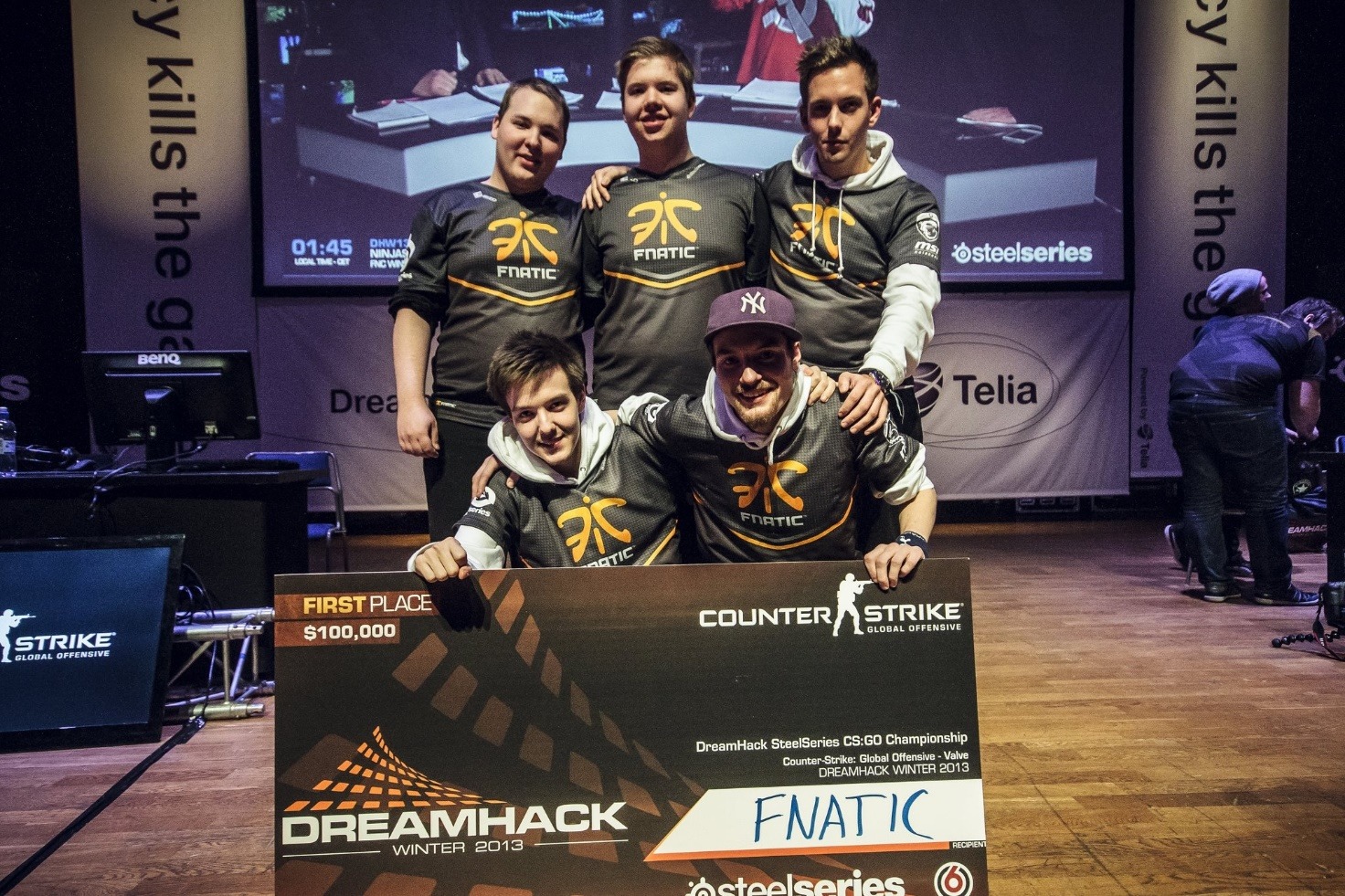Among numerous esports that thrive these days, few could make a worthy rival for CS: GO. Every year sees the advent of worldwide matches, and players of all sorts win prizes totaling millions of dollars. Apart from the grand battles of ESL, IEM, and ESEA, there are many local and ad-hoc events too, all making for many busy hours in the lives of players, bettors, and avid viewers.
Keeping track of hundreds of these tournaments is actually easy when you have access to schedules, prize pool details, and result in statistics. All that and more can be found at https://getesports.net/en/cs-go-tournaments/, which is especially useful for those looking to make a profit with wagers. Bookmakers have wide coverage of leagues, and many CS: GO players stick with the website for years as it helps them to stay in the know regarding both minor and major gaming events.
Minor Tournaments
Technically speaking, in the world of CS: GO, Minors and Majors differ only by the size of their prize pools. A player expectedly starts their career at the lowest level of playing skill, and Minors function as a way to select the most able gamers. While lacking the grandeur of Majors, smaller-scale events still feature awesome metal, iconic figures, and a lot of thrilling moments.
Being an important step in the life of many young players, a Minor provides you with a taster of serious competition. Quite often, you wouldn’t even need to leave home to participate in one, while getting a real opportunity to prove your abilities to the coaches and esport recruiters in the audience.
Minors: ESL
In 2014, a German team called Electronic Sports League founded a league now widely known as the ESL Pro. As of current Season 15, the League has 34 teams worldwide. All the teams compete in a round-robin schedule, which includes contests between each of the participants.

A typical Minor consists of the following stages:
Round One
The participant teams are split into groups on the basis of their past performance. Winners are qualified using a best of three (Bo3) format and thus building the tournament table of games won/lost. The top champions can move to the Finals, while those holding silver and bronze continue fighting in Round Two.
Round Two
The same scheme applies. Judged from Bo3, the top-tier winners (2nd and 3rd places) are selected and sent to the Finals.
Finals
The ultimate stage has the champion teams divided into two groups. They will compete in the initial best-of-one matches, with Bo3 games to follow. Both groups are expected to produce three leading teams that can progress higher.
Playoffs
Here, the judges need to select quarters, semis, and Minor champions. Again, the best of three schemes comes in handy to call 2nd and 3rd places that go to the Quarterfinals as High Seeds and Low Seeds, respectively. The leading match players are chosen by a best of five procedures to join the upper echelon of CS: GO.
Major Championships
Majors are tournaments funded by Valve with a prime prize of $1,000,000. Back in 2013, the first Major saw the world at DreamHack Winter, with a prize ten times smaller.

In earlier days, CS also had Majors, although they weren’t sponsored by Valve.
As a rule, there are two or three Major Tournaments organized per year. Joining the match is only possible for the cream of the crop, which often comprises the eight teams that came to the top in the preceding Major. There is also a qualification procedure for leading winners of Minor Tournaments. Those champions have to compete with the bottom contingent of the preceding Major.
Majors: How They Are Structured?
A CS: GO Major moves the players through three stages aimed to select the sharpest fighters in each group before the ultimate battle can be launched.

Challenger Stage
This is the initial confrontation, where each collective of players can prove their skills. A selection of 16 teams includes 6 teams that have already received a qualification based on their preceding results in the Major. The other ten teams are the champions of their regional Minors. Only eight contenders will survive this stage to move further.
Legends Stage
Here, the eight challengers from the previous stage will face their formidable counterparts from the preceding CS:GO Major. Again, only eight of them can proceed to the next level.
Champions Stage
In this final encounter, the top eight survivors are thrown into one-on-one fights to determine the absolute best. At this stage, serious cash prizes are at stake. The only way higher from here is the all-world level face-off where exclusively the supreme players are allowed.